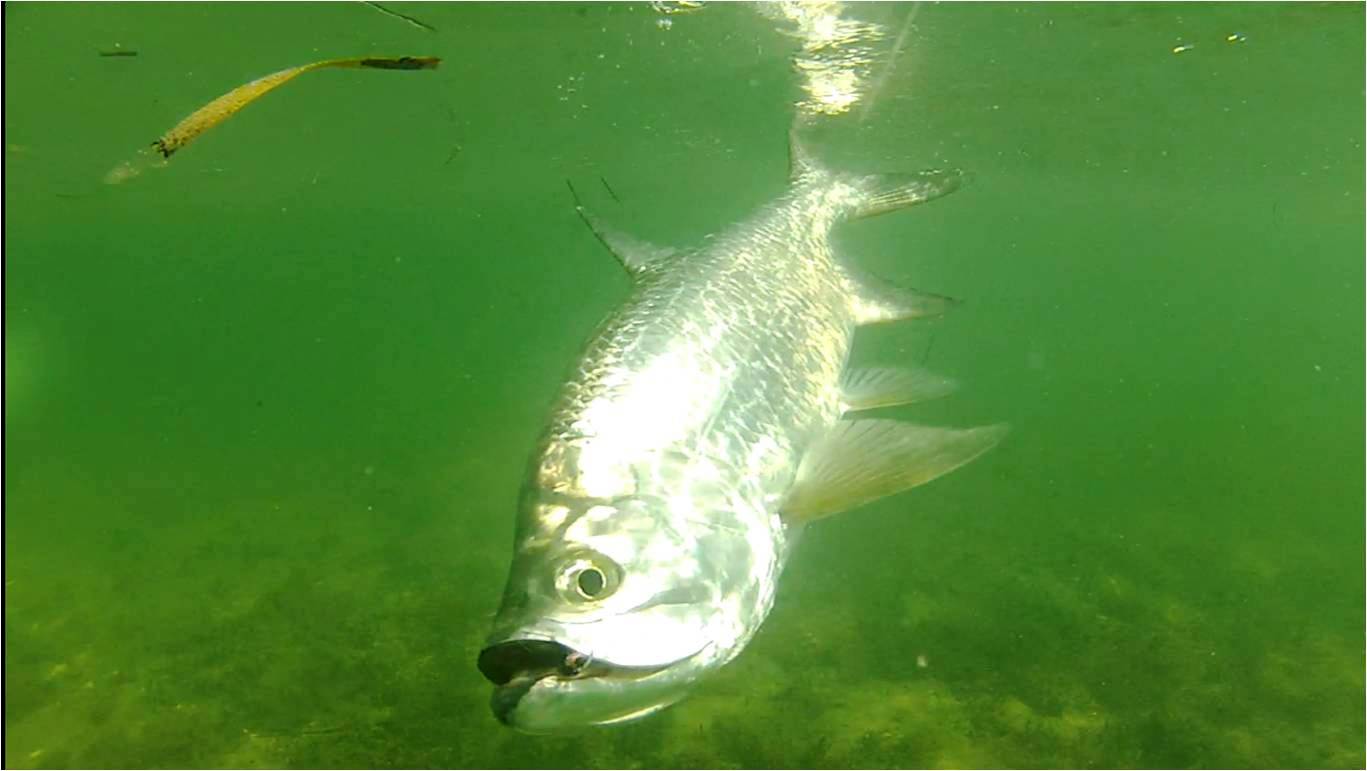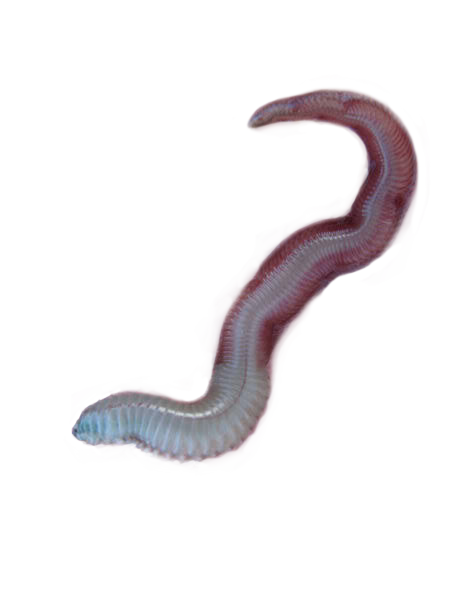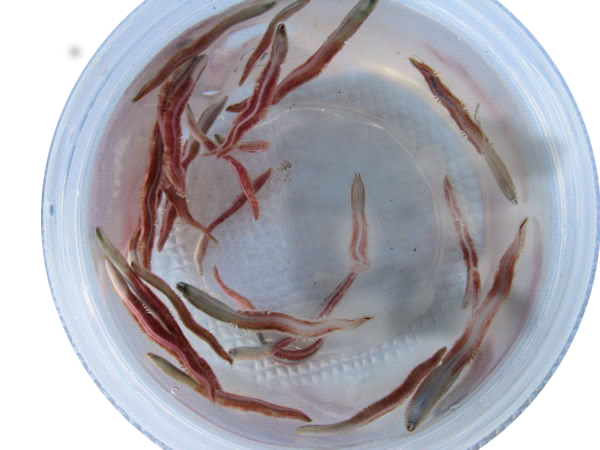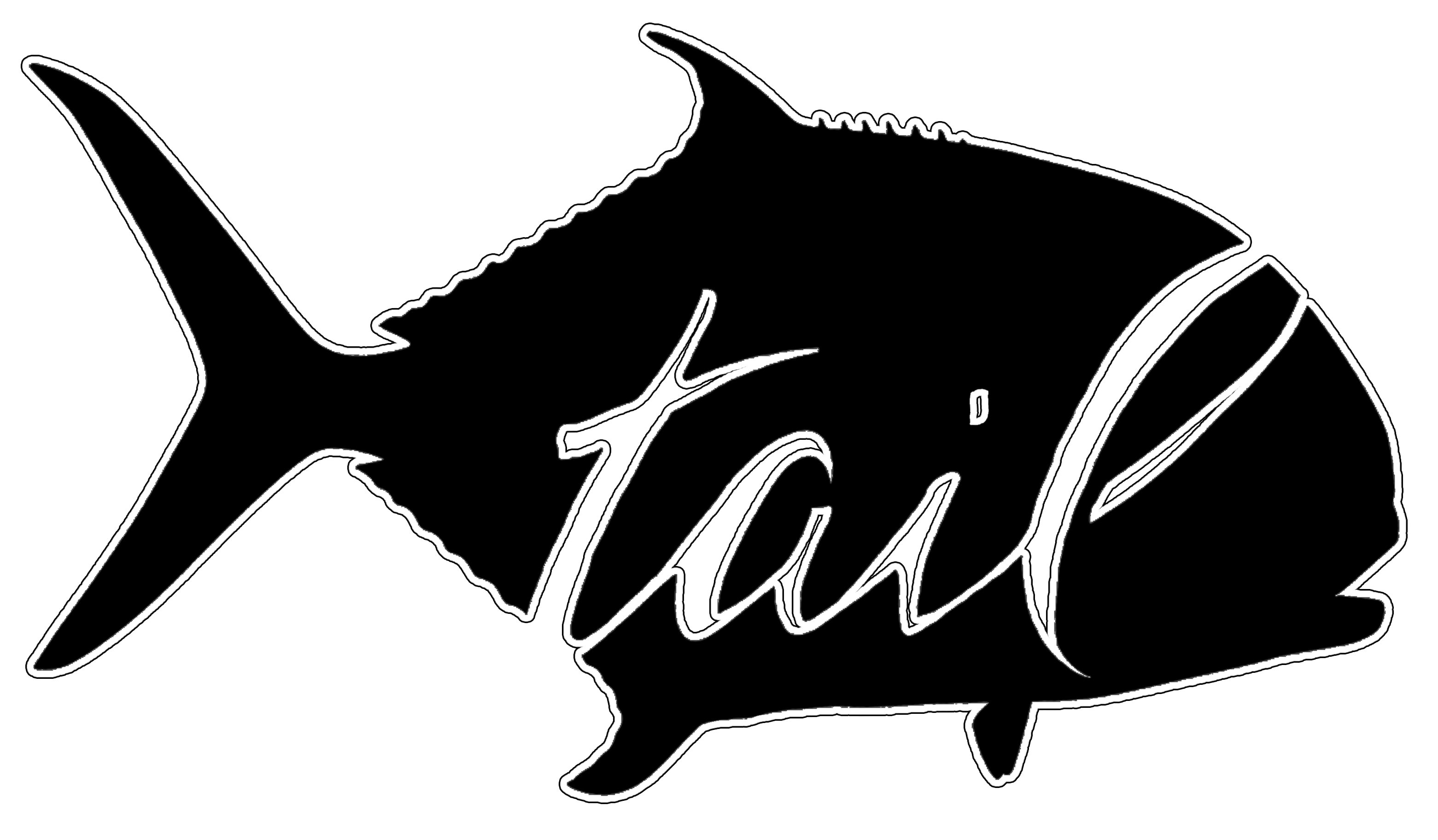 The Palolo Worm hatches from coral rock & sponges that cover the bottom of the Atlantic Ocean side of the Florida Keys. These little worms look like a red and white earth worm. As they hatch, they race for the surface of the water and move in unison. Their travel is very predictable and every year they head in the same direction, running the gauntlet of tarpon as they head for the Florida reef offshore. Meanwhile the tarpon have gathered together for this annual event. The worms seem to have an intoxicating effect on tarpon they begin to do uncharacteristic things. Many believe that the worm is an aphrodisiac & the catalyst for the kick off of the breeding season. The few that catch the worm hatch perfectly can see tarpon moving aggressively with large numbers rolling as far as the eye could see. We wait for this event every summer as this is one of the best times for tarpon in Florida. Late May or early June is tarpon time in the Florida Keys. It’s the season when large migrating fish from the South pause for here in anticipation the palolo worm hatch.
The Palolo Worm hatches from coral rock & sponges that cover the bottom of the Atlantic Ocean side of the Florida Keys. These little worms look like a red and white earth worm. As they hatch, they race for the surface of the water and move in unison. Their travel is very predictable and every year they head in the same direction, running the gauntlet of tarpon as they head for the Florida reef offshore. Meanwhile the tarpon have gathered together for this annual event. The worms seem to have an intoxicating effect on tarpon they begin to do uncharacteristic things. Many believe that the worm is an aphrodisiac & the catalyst for the kick off of the breeding season. The few that catch the worm hatch perfectly can see tarpon moving aggressively with large numbers rolling as far as the eye could see. We wait for this event every summer as this is one of the best times for tarpon in Florida. Late May or early June is tarpon time in the Florida Keys. It’s the season when large migrating fish from the South pause for here in anticipation the palolo worm hatch.

There’s not just one, though. There are actually several of them, the more major ones include the legendary Bahia Honda Bridge, the Seven-Mile Bridge, and some of the other smaller bridges around Summerland & Big Pine Keys. For us fly anglers, the best thing you can do during this hatch is set up on the oceanside flats and wait for the fish to come by. Another option is to have your guide bring you down the edges of the flats to hunt for fish. You can also hit some of the deeper channels and set up shop there but that is usually where the bait chunkers are tossing pinfish and other baitfish which usually freak some tarpon out. Again you can’t go wrong setting up in known tarpon holes like the like the bridges previously mentioned & Channel 2 and Channel 5. Remember, Bahia Honda became well known for a reason. The hatch usually occurs around the lowest tide of the full moon in May or June. A late outgoing tide (afternoon), around 6 pm, in conjunction with the full moon is the ideal time to be on the water during this exciting time of year. That, of course,depends on when the moon is full. The moon phase calendar for 2013 has the full moon on a weekend Saturday, May 25, so this year it is expected to be early. In years past where conditions have been sub- optimal, despite the full moon in late May, the worms held out until the first week of June. The full moon is May 9, there is a good chance the worms will wait until around June 7 when the moon is full again. Maybe, there are never any guarantees. Ambient air temperature, water temperature and humidity levels all play a part in the initiation & timing of the hatch
In other words, the timing of the hatch is a moving target about as dynamic as casting a tasty toad to rolling tarpon….You just never know. If you focus on the places you tend to have the biggest concentrations of fish and you try to time you stay for when the expected hatch is, you will be successful.No one has ever been able to pinpoint the exact time of the hatch, but many are within days. The key is to be on the water when the worms make their run which usually means booking 2-3 days on the flats.Can one suffer through a few days of fishing on the flats while monitoring for a most magnificent natural event?
We’ll find the strength to endure it.


 SUBSCRIBE TO READ MORE
SUBSCRIBE TO READ MORE
These actually aren’t palolo worms, which are in the polychaete family Eunicidae, genus Palola. The worms you’re seeing are rag worms, family Nereididae. Unlike the palolo, in which only the posterior end of the worm breaks off & swims to the surface, these nereids transform large portions of their bodies to become better swimmers in order to reach the surface.
Hi Leslie,
You might be right, but our source provided these as photos of the palolo worm. We are not scientists so determining minute differences in marine worm species is not our strength. You must agree they have a very similar appearance and are easily mistaken. We are experts in publishing a factual saltwater fly fishing magazine and as our research and fact-checking reveal that the information contained in the feature is correct. Without a degree in marine biology, it is hard for our staff members to differentiate between the species photographically and we apologize for that. See below are the images of the palolo worm and under it, the Rag Worm: